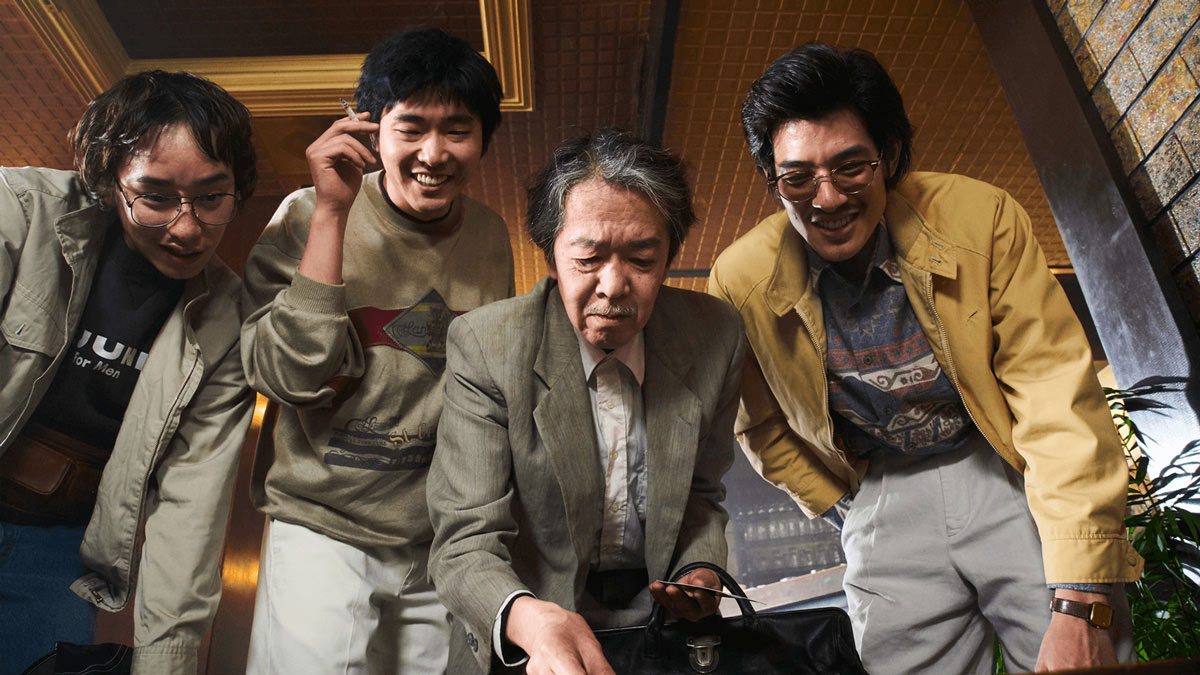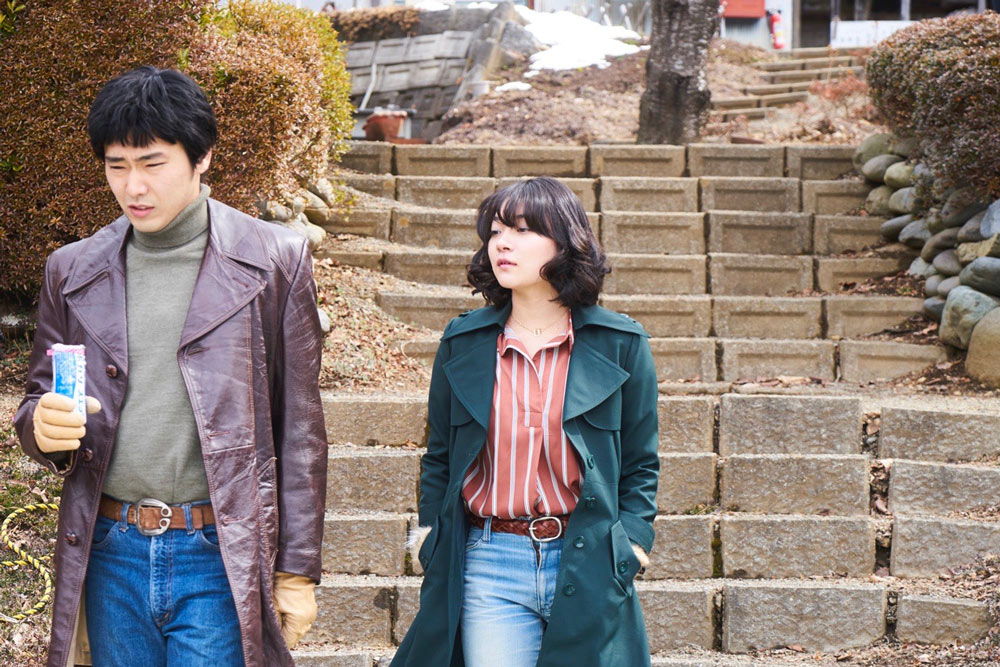
©2018 “Dynamite Graffiti” Production Committee
Learn about the allies in the erotic magazine industry who enlivened the era along with "The Dynamite Graffiti"
2018.03.26
Norio Yamazaki, a titan of the erotic industry, known as "Japan's Hugh Hefner"
The other book is the non-fiction book `` The Naked Giant: The Man Who Created the Space Project and Dera Beppin '' (Futabasha), also published last year.
The main character of this book is Norio Yamazaki (coincidentally, he was born in 1948, the same year as Suei and Ikeda. However, Yamazaki's birthday is April 1st, so he was born early. He is one year his senior). As the title suggests, he founded ``Uchuu Kikaku,'' a pioneering adult video production company, and published pop erotic magazines such as ``Dera Beppin'' published by Eichi Publishing that could be purchased at convenience stores, and took the erotic industry by storm, reaching its peak during the bubble era. This is the story of a legendary man. The author is Aku Mako, a freelance writer who is active in a wide range of fields, and this book is a compilation of a series of articles published in ``Weekly Taishu'' (Futabasha) with additions. On the cover of this book, Suei commented, ``Rapidly rising! Rapidly falling!! The crazy roller coaster life of the man who became Japan's Hugh Hefner!!!'' Hugh Hefner (1926-2017) was the businessman who published the magazine ``PLAYBOY'', and when you read this book, you will get a sense of the extravagant celebrity life that Yamazaki had during his heyday.
``The Naked Giant,'' like ``The Dynamite Graffiti,'' is also extremely entertaining as a story of a youth who achieved unique self-realization. After The Graduate from Rissho University, Yamazaki started making vinyl books (erotic books with extreme content that were wrapped in plastic and prohibited from browsing when sold at bookstores) based at SM author Oniroku Dan's Oni Pro. As an extension of that, he joined a publishing company called Green Planning as a production supervisor. Shinichi Nakazawa, the current president of Core Magazine, who was also his friend, was working as his right-hand man in editing the vinyl book. Akira Suei has joined Green Kikaku's newly established publishing company, Self Publishing. From time to time, he was contracted to design and shoot vinyl books from the Green Project.

“Dynamite Graffiti” ©2018 “Dynamite Graffiti” Production Committee
At that time, Green Planning and Self Publishing were located in the same multi-tenant building in Takadanobaba. There, Yamazaki and Suei met, and they started working together, including Nakazawa.
At the end of the book, there is a roundtable discussion between these three, Yamazaki, Suei, and Nakazawa, and you can feel the atmosphere of the era in which they ran so boldly, as well as their extraordinary personalities.
In 1978, Yamazaki left Green Planning. The space project was launched in 1981. He demonstrated his keen foresight at a time when the household penetration rate for VCRs was still around 10%. In the blink of an eye, his achievements steadily increased. The following year, in 1982, he purchased Eichi Publishing and expanded his business through a media mix of videos and magazines. The best-selling magazine among them was ``Dera Beppin'', which was first published in 1985. At its peak, 390,000 copies were published. This coincided with the time when Suei was working as editor-in-chief of ``Photo Jidai'' at Byakuya Shobo, boasting a circulation of 350,000 copies.
However, the "festival" season doesn't last forever. Eichi Publishing eventually became burdened with huge debts and closed in 2007.
Director Tominaga's film ``Dynamite Graffiti'' is set in 1988, when Suei was 40 years old, when ``Photo Jidai'' was forced to shut down following a raid by the Tokyo Metropolitan Police Department, and he transitioned to work on ``Pachinko Winning Guide.'' It's finished.
That was just the end of the Showa era. The Heisei era begins on January 8, 1989. The movie ``Dynamite Graffiti'', which depicts the madness and excitement of everyday life, can be said to be an homage to the Showa era, an era of free festivals.
Text: Naoto Mori
Film critic, writer. Born in Wakayama in 1971. He is the author of ``Cinema Garage: Children in the Ruins'' (Film Art Publishing), and edited ``Movies of the Zero Years+'' (Kawade Shobo Shinsha), among others. He regularly writes for magazines such as Weekly Bunshun, Asahi Shimbun, TV Bros., Men's Nonno, Kinema Junpo, Eiga Hiho, and Cinema Today.

"A Dynamite Graffiti"
Director/Screenplay: Masayoshi Tominaga
Blu-ray & DVD now on sale
Publisher/distributor: Bandai Namco Arts
©2018 “Dynamite Graffiti” Production Committee

